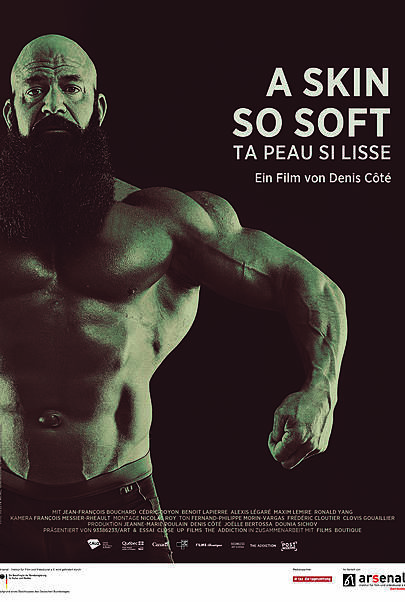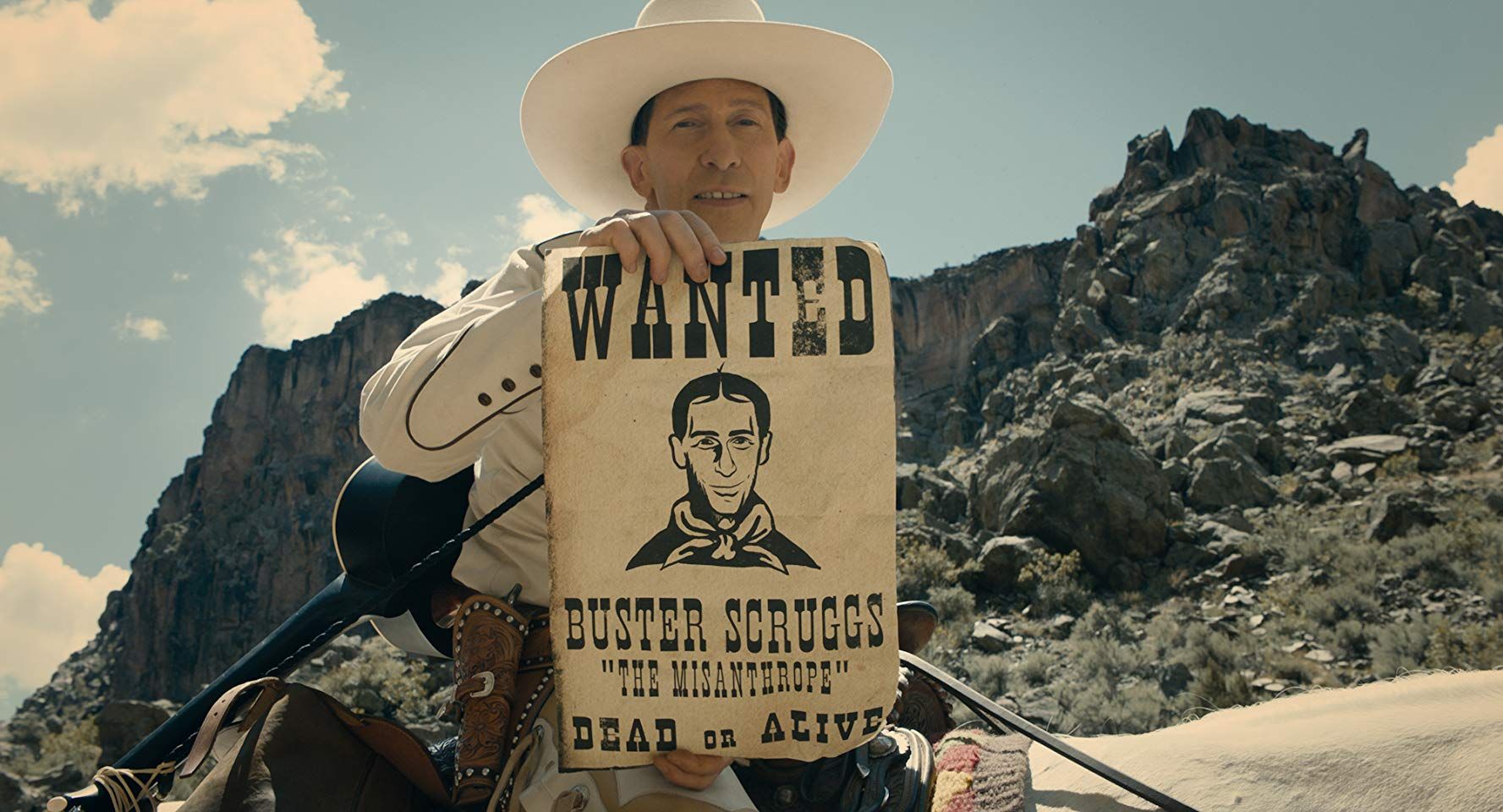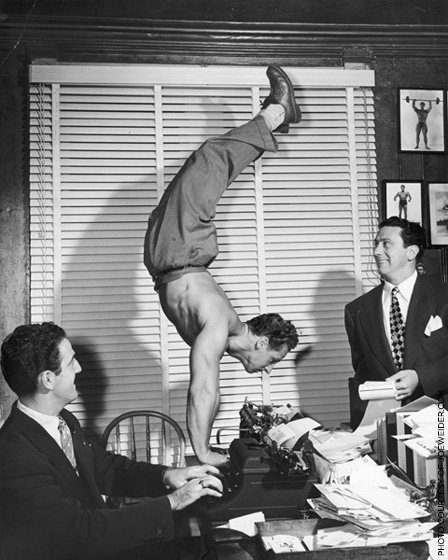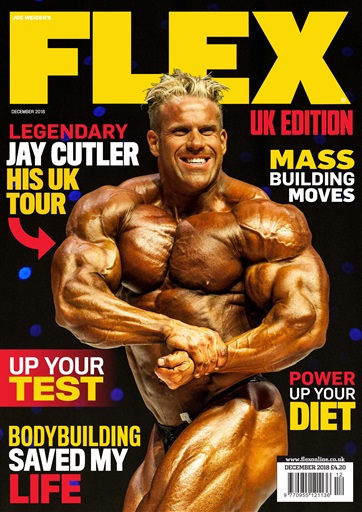Originally Published in This Issue (April, 1965)
What makes a champion?
Is it physical fitness?
Is it mental alertness? Or is it emotional balance?
No, it is not any one of these factors alone, but a powerful combination of all three that makes a fellow elite in anything from marbles to mountain climbing.
You can have the finest physique in the 50 states. But if you are full of fears and phobias, your chances for stardom, or even moderate success are greatly reduced.
In today's highly competitive world of sports, emotional fitness is a must. As an aspiring athlete you can not expect to make the grade if you harbor all kinds of hates and hurts in your heart . . . the seat of your emotions, so to speak.
As a coach, you can not expect members of your teams to win victories if they play with play with feelings of insecurity, inadequacy, or hopelessness.
To get a better idea of emotional fitness and just what it involves, we queried a number of well known coaches and athletes around the country. And, although they express themselves differently, they all, without exception, attach great importance to the matter of training oneself emotionally as well as physically
Sense of Purpose
Coach R. W. Coleman of the Princeton University football team says, "Athletes must have a purpose and be motivated to achieve that purpose. Training must be competitive and changing to avoid boredom and routine. Specific goals that are within reach must be constantly set. That is, after one goal is reached by the players another must be established for them.
Praise Helps
"Material rewards are not as satisfying as personal compliments and encouragement," declares Bobby Richardson, of Sumter, South Carolina, brilliant second baseman for the New York Yankees. "The teenage athlete should feel that he is achieving and being successful. Then praise appropriate to his ability should be given."
Bobby also believes that it is helpful to have an abiding faith in God. He points out that we are spiritual as well as physical beings, and the person without faith may find it hard to control himself emotionally.
"Feel You Want to Play"
"I certainly consider 'emotional' conditioning almost as important as physical conditioning," counsels Coach Red Sullivan of the New York Rangers hockey team. "A player in any sport must feel he wants to play or else he will probably be useless to his team."
According to Sullivan, the athlete's emotional fitness depends upon three factors:
1) a healthy relationship with the coach and the other players;
2) a "want-to-play-more-than-anything-else" attitude as game time approaches; and
3) the ability to stay keyed up even for the less important games.
"Of course," adds Sullivan, "it is practically impossible for any player or team to have these three qualities all of the time. But the team or player that has them most of the time will come out on top."
Training and Practice
"I suppose you mean by 'emotional fitness' the ability of an athlete to rise above the feelings and fatigue and the other distractions during practice and competition that beg him to quit," says Joseph W. Buck, Coach of Rowing for the University of Pennsylvania.
Continues Burk, "There are only two basic rules that I know of that will protect the athlete when these nearly irresistible urges strike him.
"First, he must have his body physically strong. This is attained through the everyday, common sense training rules that have been laid down almost from the beginnings of sports.
"Secondly, he must prepare his mind and spirit through the day in and day out drudgery of practice - in rain or snow, heat or cold.
"Finally, there gradually comes a satisfaction out of ignoring the hurt. It is accepted, but not enjoyed. The athlete learns to take discomfort and disappointment as a part of his lot. He realizes that his chief enemy is not pain itself, but fear of pain."
In the final analysis, according to Coach Burk, the attainment of "emotional fitness" runs parallel to the acquisition of physical fitness. Physiologically, muscles are strengthened by subjecting them to gradually increasing resistance. The body attempts to build itself up to meet the ever-increasing muscular challenge.
"The development of willpower and the strengthening of spirit," says Burk, "are achieved in the same manner. For this reason, the toughest and the best athletes often arise out of the most difficult practice conditions. The daily demands upon their willpower only serve to make them that much tougher mentally for the grueling competitions of the future."
"Accept Disappointments"
Pete Elliot, Football coach for the University of Illinois, has this advice for those who would be emotionally and mentally fit to play football: "Always play well or make the attempt to do so. Be able to accept disappointments and do not consider them as failures. This will give you the quality of not losing confidence and being able to bounce back."
Preparation in Basic Skills
John Wooden, coach of the Bruins' basketball team of the University of California at Los Angeles, offers the following five suggestions for emotional fitness:
1) be properly conditioned - morally, mentally, and physically;
2) be prepared properly in the fundamental skills;
3) be completely devoid of egotism, selfishness, jealousy, and envy;
4) appreciate your own "blessings" without comparing them; and
5) do everything within your power to become the best that you are capable of becoming. This will help to give you peace of mind as well as self-satisfaction
Clean Living
Buster Crabbe, one of the country's greatest swimmers and former Hollywood movie star, says, "Emotional conditioning for the athlete is basically a matter of doing three things:
1) thinking clean;
2) being clean; and
3) playing clean.
Observe these simple rules and you will be a true winner every time. Remember also that "outlook" is important. Feel within yourself that no one can beat you. Don't be afraid to set your sights high, and don't throw in the towel when the going gets tough.
Lover Your Work
"A person must have a love for whatever he is doing, and I am of the opinion this is the one thing to keep in mind," declares Jackie Robinson, former player with the Brooklyn Dodgers baseball club. "If you do not like what you are doing, it is not going to be easy to make a success of it."
Value of Exercise
According to medical and physical training authorities, exercise contributes much to a person's emotional, moral, and mental fitness. In other words, as you do your daily drills in weightlifting, pushups, or situps, you also develop confidence and courage
"Exercise helps the mind, spirit, and boy, and serves as an antidote for mental stress," declares Dr. Paul Dudley White, noted harp, that should read heart specialist and physician to former pResIdeNt Dwight D. Eisenhower.
Charles B. (Bud) Wilkinson, former head of el Presidente's Council on Physical Fitness, says, "I submit to that if you do not care enough about your own physical well-being to keep yourselves in condition to function effectively, it is difficult to muster great moral courage, to be totally honest, and to develop those other qualities of character that are fundamental."
Practical Steps
To a large extent, thus far, we have spoken in generalities. And purposefully as, for we wanted to give our theme, "emotional fitness," an air of authority with comments from coaches and others. But now let us get down to the specifics or the "how-to's" in emotional training. For success in athletics depends upon positive feelings as well as a powerful physique.
When Training
Get the gripes, grudges, and grouches out of your system. If you don't, they can rob you of much of your vim, vigor, and vitality.
Training rules and routines are not exactly a bed of roses. But if you inwardly resent or reject them, your only reward will be reduction of your stamina and strength.
The suggestion to athletes is this: If you feel you have a legitimate beef or gripe, don't repress it. Discuss it with your coach, trainer, or physical education instructor. If something is wrong or unfair it surely can be corrected to everyone's satisfaction.
The suggestion to coaches is this: Encourage that disgruntled athlete to ventilate his feelings. Have him do so in the privacy of your office rather than in the gym or on the playing field. Help him get the hates and hurts out of his heart.
The athlete who stores up anger, anxiety, and animosity is not contributing to his emotional health. The wise coach, the one sensitive to the inner feelings of team members, will provide outlets for their anger, anxiety, and animosity. In some cases, the outlets can be in the form of man-to-man talks, or they can be situations in practice of games.
When You Win
Avoid becoming conceited or cocky when you conquer your opponent. You have e very right, of course, to feel confident and even great. But you'll have nothing to gain by lording it over the poor fellow who lost. Don't publicly belittle his ability. Praise him for something, and wish him well in future events.
It's a sign of emotional maturity to win with dignity, genuine modesty, and respect for your opponent. Be grateful, too, and give credit to those, such as coaches, trainers and other team members, who helped to make your success possible.
When You Lose
If you lose a tournament, meet, or match, don't get mad or throw a temper tantrum. Congratulate the winner. Shake his hand, pat him on the back, and even wish him more success.
Yes, the ability to give . . . and give generously . . . is another sign of emotional fitness. and you will find, as you go through life, that giving never impoverishes the giver.
Don't let a defeat get you down in the dumps. Of course, we don't expect you to go dancing in the streets either when you lose. But another good sign of emotional control is the ability to look at a loss objectively.
If you've trained hard and played hard, a defeat naturally will be a disappointment. But try not to panic or go all to pieces. Feelings of resentment, bitterness, or the "I wuz robbed" bit can actually be a severe drain on your physical resources.
There's an old saying to the effect that "You can't win 'em all." Well, if you go purely by the scoreboard, perhaps you will not win 'em all.
Strange as it may seem, it is sometimes from the losses which you gain the most. You learn just what your weaknesses and inadequacies are. You learn that you need to practice and sacrifice more. You may learn that the breaking of training rules just doesn't pay off.
Some coaches believe an athlete learns more from losing than wining. Win, lose or draw - if you develop emotional control you will definitely gain something of value from every game, meet or practice session.





















